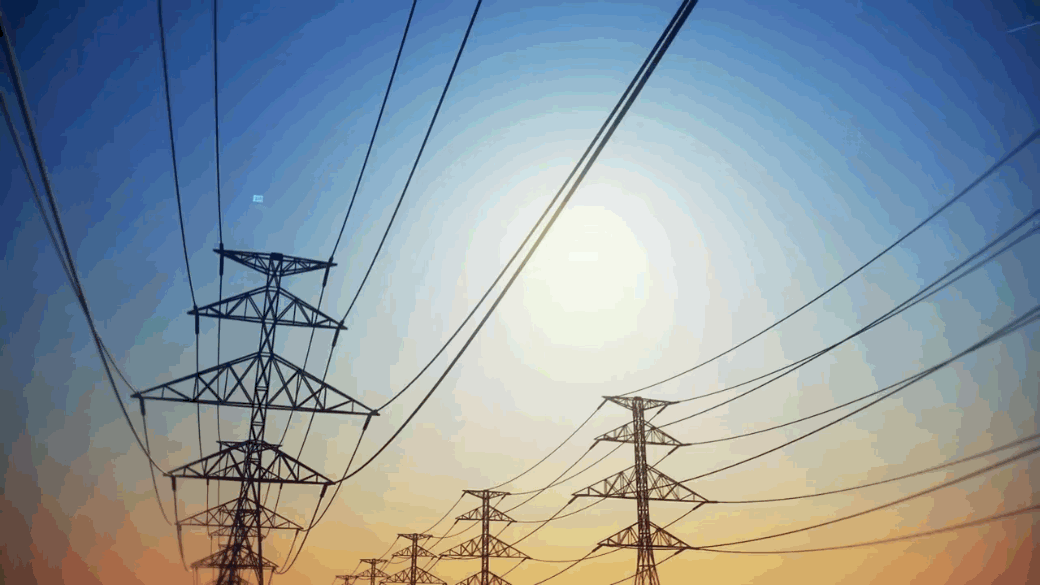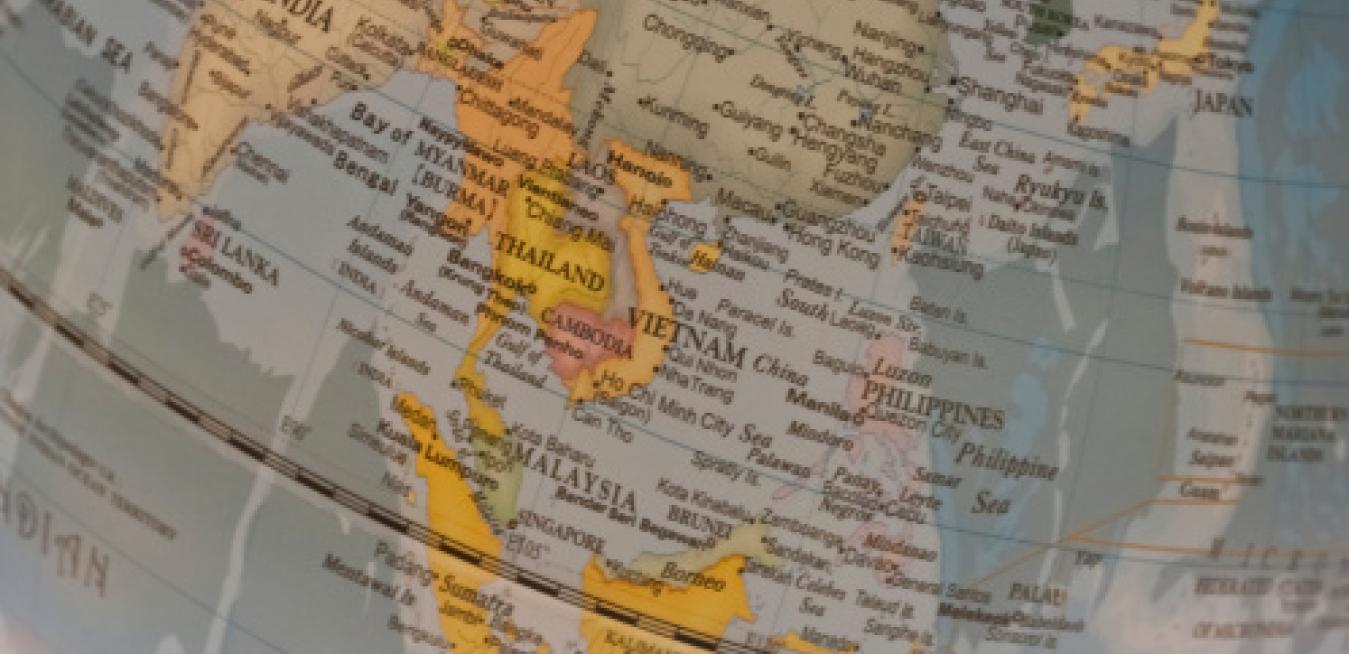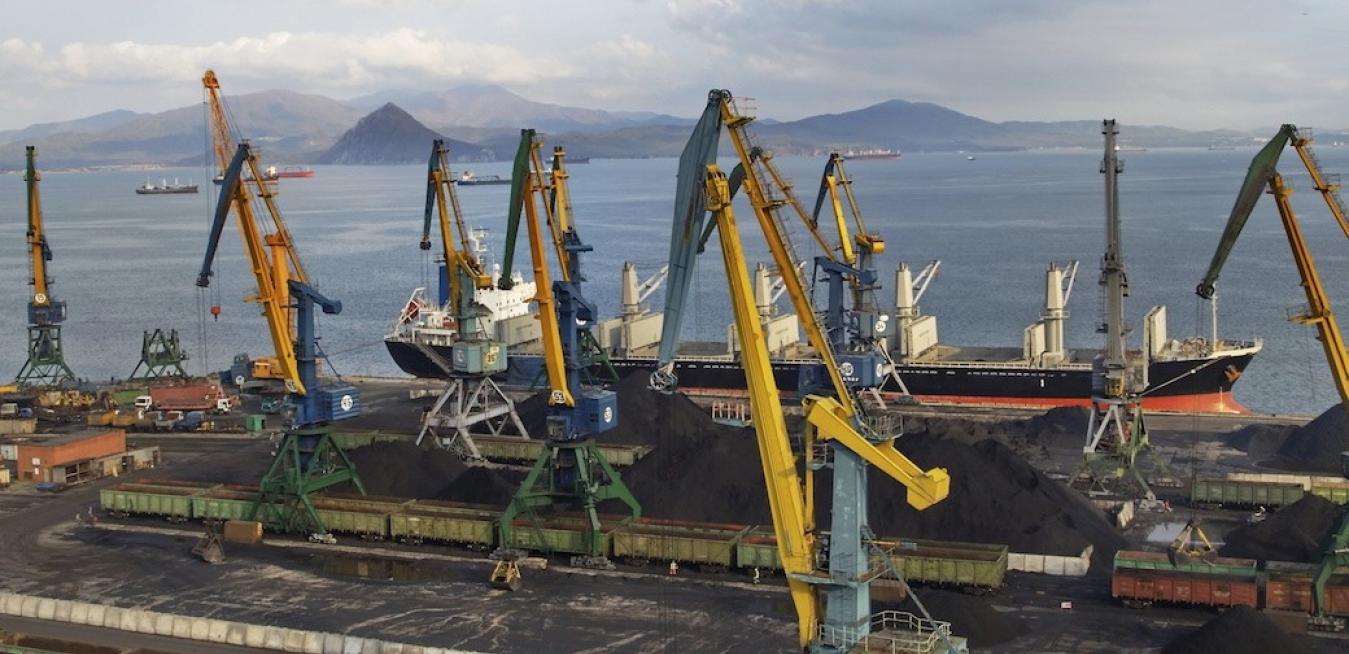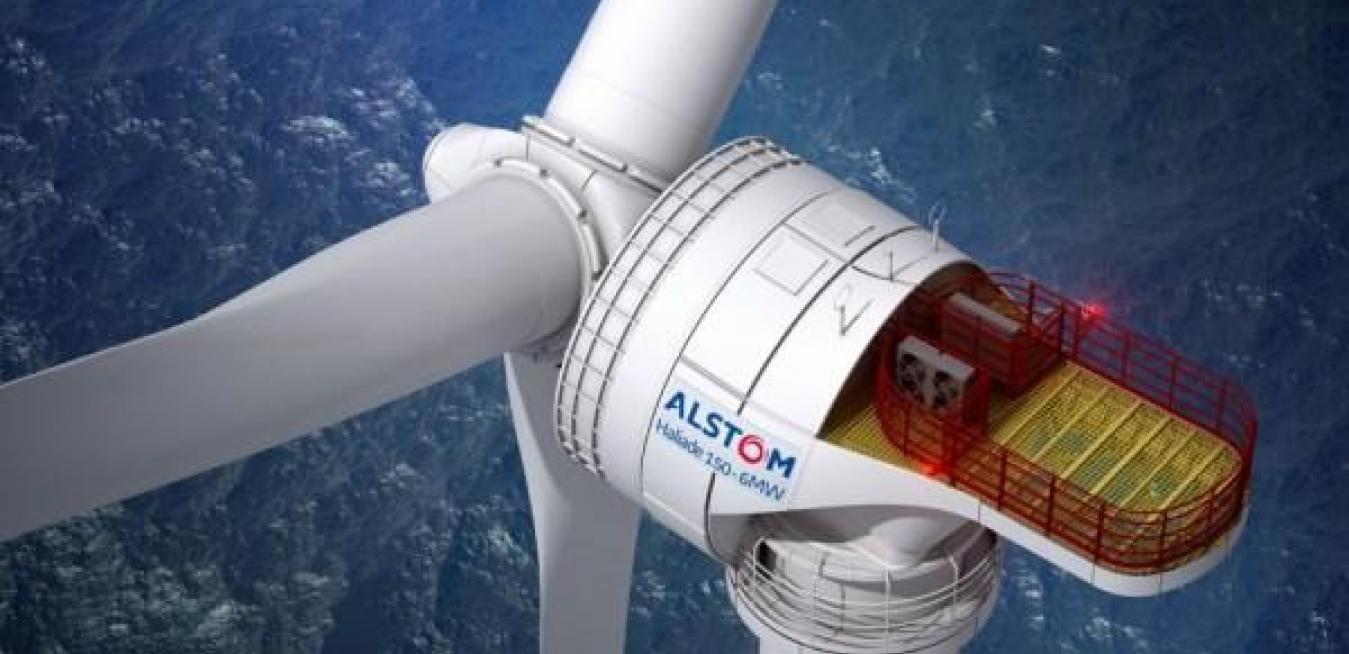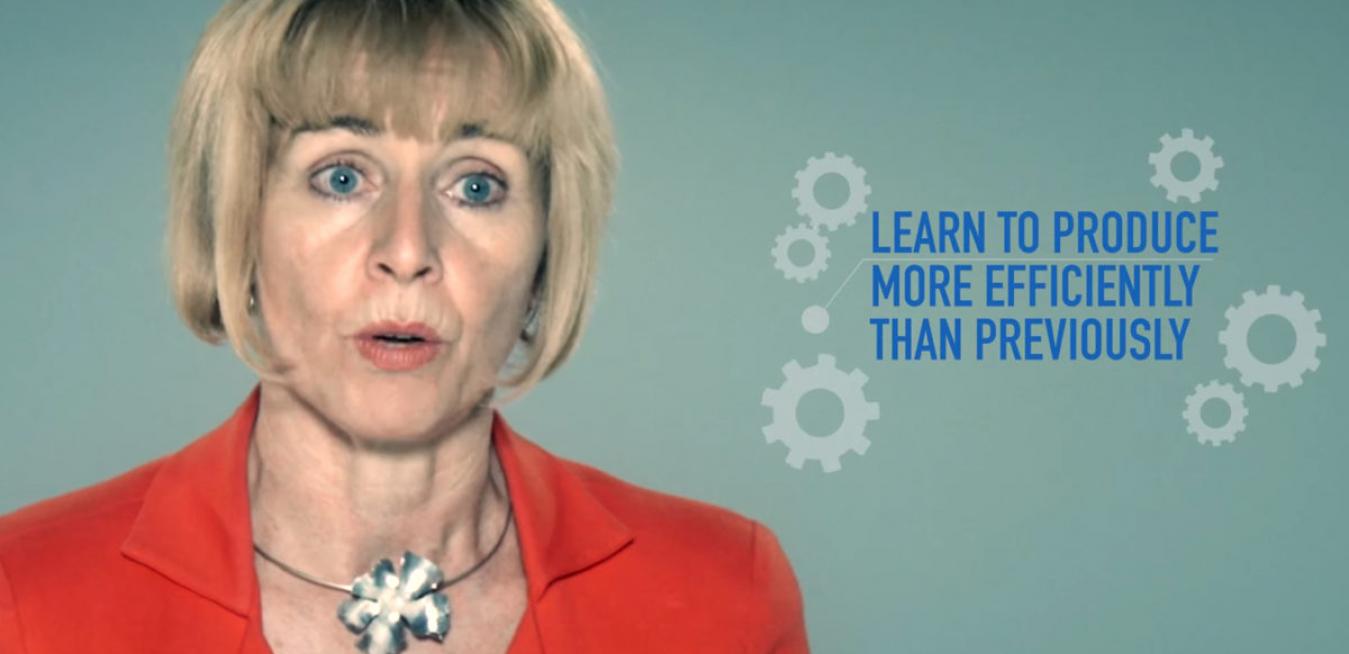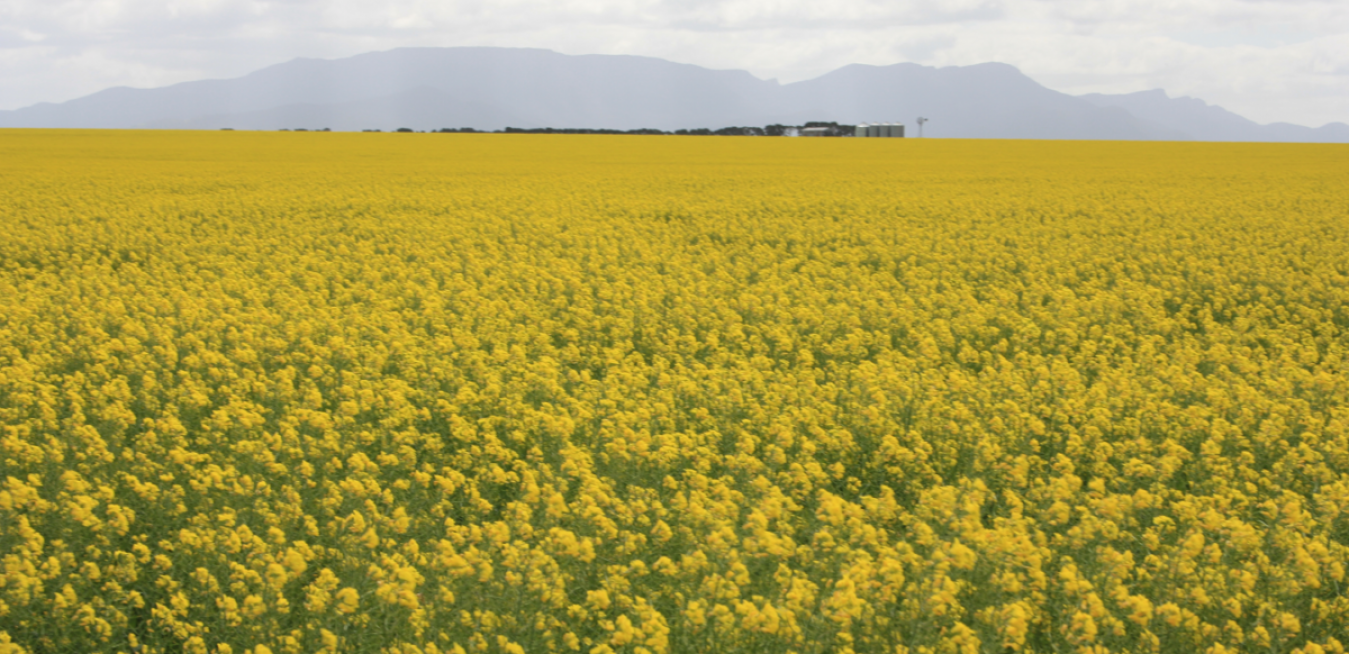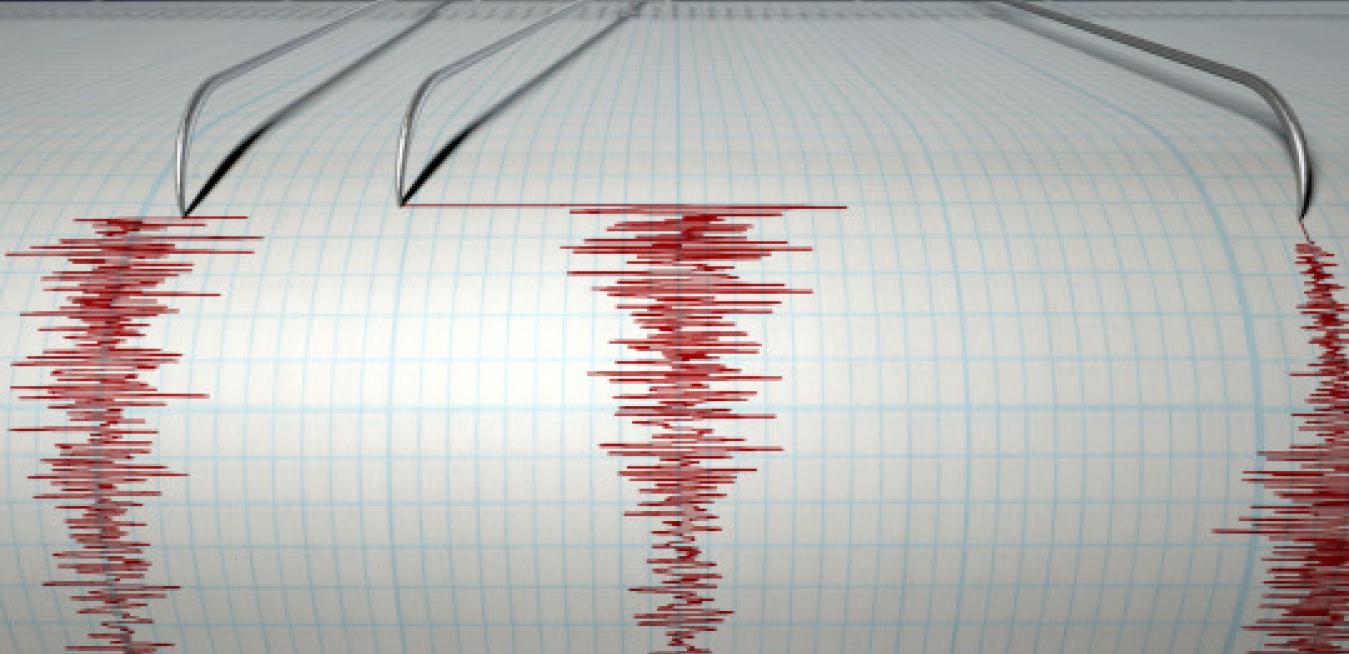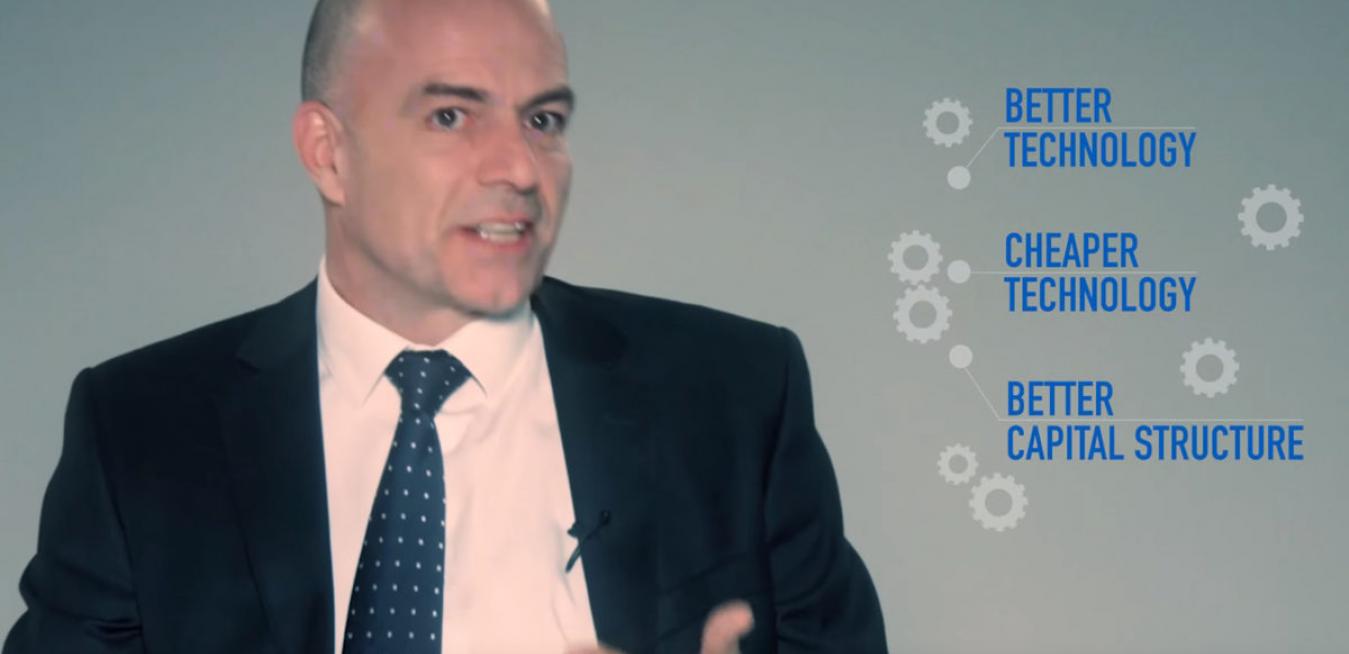Technological advances from the Industrial Internet to renewables are transforming the energy industry. Here are the key trends to watch over the next decade.
Hyper-connectivity is transforming many industries — few more so than the energy sector. The expansion of the industrial Internet and power of Big Data analytics is enabling power companies to predict maintenance failures and approach zero downtime, while smartgrids and apps are empowering consumers to become producers.
South East Asia countries map on a globe
The Trans-Pacific Partnership Agreement (TPPA) has been ten years in development and is so shrouded in the tightly wound cogs of national secrecy that it’s acquired an almost legendary aura of mystery.
The deal took a major step forward this week with the signing of a TPPA agreement in Atlanta, USA. But with the full terms yet to be revealed, what do we really know about the TPPA? And what does it mean for ASEAN?
What is it?
The emerging Age of Gas, the rise of distributed power and technological innovation will accelerate the adoption of fuel cells into the global energy landscape over the next decade.
The future of power is now under development and it is packaged in stacks of fuel cells. As the world’s energy needs increase, and calls for sustainability continue to rise, a number of forces are converging to expedite the adoption of fuel cells into the global energy mix.
Coal may have its critics, but Japan is demonstrating that the fossil fuel can have a role to play in sustainable economic growth.
Few countries in the world face the energy security challenges of Japan. With virtually no domestic energy resources to speak of — its large methane hydrate resources being decades away from development — Japan has had to rely on imported fuel for almost all of its energy needs.
GE Lighting: Intelligent LED Lighting
In this video, filmed in partnership with the Australian Financial Review for Australia’s Energy Future, Jason Willoughby, managing director, sales and project finance at GE Australia and New Zealand, discusses the part Australia’s renewable resources will play in our evolving energy mix.
In this video, filmed in partnership with the Australian Financial Review for Australia’s Energy Future, Mary Hackett, GE Oil and Gas regional director, Australia and New Zealand, explains why Australia should remain optimistic about its future as a resources superpower.
Ararat is a badly drought-affected area of south-western Victoria, yet it’s wind rather than water that is bringing hope to the region’s farmers. “I run sheep on just over 1,000 acres, and part of my land is on the Great Dividing Range,” says Mark McKew. “It’s grazing country, not high-quality cropping country. There are lots of hills, and there’s lots of wind up there.”
With the recent earthquakes that hit so close to home, one can only wonder if it is going to happen again. We all know that an earthquake is a sudden violent shaking of the ground, typically causing great destruction within the area but have you ever wondered what goes on beneath the earth’s surface? Could Kuala Lumpur be vulnerable to an earthquake?
In this short video, Peter Cowling, general manager of renewables sales for GE Asia-Pacific, discusses why it is so vital for Australia to encourage investment in clean energy.
